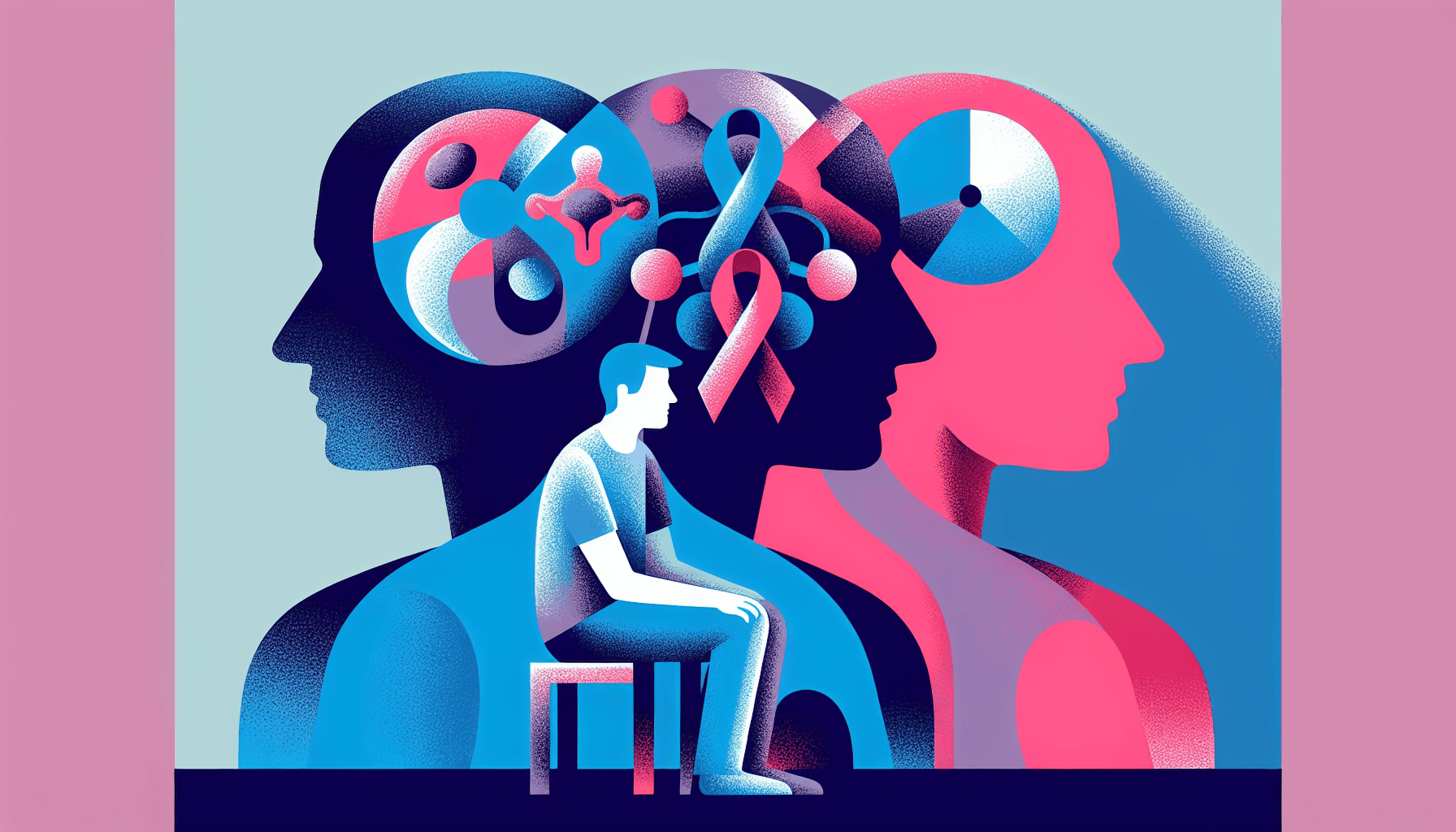Can I Take Zepbound a Day Early?
Key TakeawaysZepbound is a once-weekly injectable medication for weight management and obstructive sleep apnea (OSA) linked to obesity.Taking Zepbound a day early is [...]
Read More
Medically reviewed by Abhijit Bhattacharyya | MD, PhD, MBA, Tufts University School of Medicine - Miami, Florida on November 6th, 2023.
Ataxia is a condition that affects muscle control and coordination, leading to clumsy or awkward movements. It can impact various parts of the body, including the legs, arms, hands, eyes, and speech. Ataxia is often considered a symptom of an underlying condition, but it can also refer to specific diseases.

Common symptoms of ataxia include:
Unsteady walking
Wide gait (walking with feet unusually far apart)
Poor balance and coordination
Difficulty with fine motor tasks, such as writing
Slurred speech
Trouble swallowing
Uncontrollable eye movements
There are several types of ataxia, often categorized based on their cause:
Cerebellar ataxia occurs when the cerebellum, the part of the brain responsible for balance and coordination, is damaged. It is the most common form of ataxia and can also affect the spinal cord. Symptoms may include changes in voice, dizziness, fatigue, headaches, muscle tremors, slurred speech, and a wide gait.
Sensory ataxia, also known as proprioceptive ataxia, results from damage to nerves in the spinal cord or peripheral nervous system. This leads to reduced sensation in the feet and legs, making it difficult for the brain to determine the body's position relative to the ground. Symptoms may include difficulty touching one's nose with closed eyes, inability to sense vibrations, and a heavy or stomping gait.
Vestibular ataxia affects the vestibular system, which consists of the inner ear and ear canals. This system helps with balance and spatial orientation. When the nerves in the vestibular system are affected, symptoms may include blurred vision, nausea, vomiting, difficulty standing or sitting, and vertigo.
Some other types of ataxia include:
Friedreich's ataxia
Ataxia-telangiectasia
Truncal ataxia
Gluten ataxia
Episodic ataxia
Spinocerebellar ataxia
For more information on the different types of ataxia, visit the National Institute of Neurological Disorders and Stroke.
Ataxia can have various causes, including genetic factors, acquired conditions, and idiopathic (unknown) reasons. Genetic causes involve inheriting a mutated gene from one or both parents, while acquired ataxia may result from damage to the spinal cord or nerves due to injury or illness. In some cases, the cause of ataxia cannot be determined, which is known as idiopathic ataxia.
To learn more about the causes of ataxia, visit Johns Hopkins Medicine.
Diagnosing ataxia involves a combination of medical history, family history, physical exams, and testing. Your doctor may perform a neurological exam, order imaging tests like MRI or CT scans, conduct spinal fluid tests, or recommend genetic testing to identify the cause of your ataxia.
For more information on diagnosing ataxia, visit the Mayo Clinic.
Treatment for ataxia depends on the underlying cause. If ataxia is a symptom of another condition, treating that condition may help improve ataxia symptoms. In cases where the cause cannot be treated, your doctor may recommend medications to manage specific symptoms, such as lack of balance, vertigo, muscle cramps, or tremors. Other treatment options may include physical therapy, occupational therapy, speech therapy, counseling, and support groups.
If you have ataxia, there are several ways to manage your symptoms and improve your quality of life. Exercise, under the guidance of your doctor or physical therapist, can help with coordination and balance. Adaptive devices, such as wheelchairs, walkers, modified utensils, and communication devices, can make daily tasks easier. It's also important to take care of your mental health by seeking counseling or joining a support group.
Living with ataxia can be challenging, but with proper care and support, it is possible to manage symptoms and maintain a good quality of life. If you experience any new or worsening symptoms, be sure to consult your doctor for guidance.
Key TakeawaysZepbound is a once-weekly injectable medication for weight management and obstructive sleep apnea (OSA) linked to obesity.Taking Zepbound a day early is [...]
Read MoreKey TakeawaysZepbound is an FDA-approved medication for chronic weight management in adults with obesity or overweight, and for moderate to severe obstructive sleep apnea [...]
Read MoreKey TakeawaysZepbound is a once-weekly injectable medication that supports weight loss by activating hormone pathways regulating appetite and digestion.After the first dose, [...]
Read More